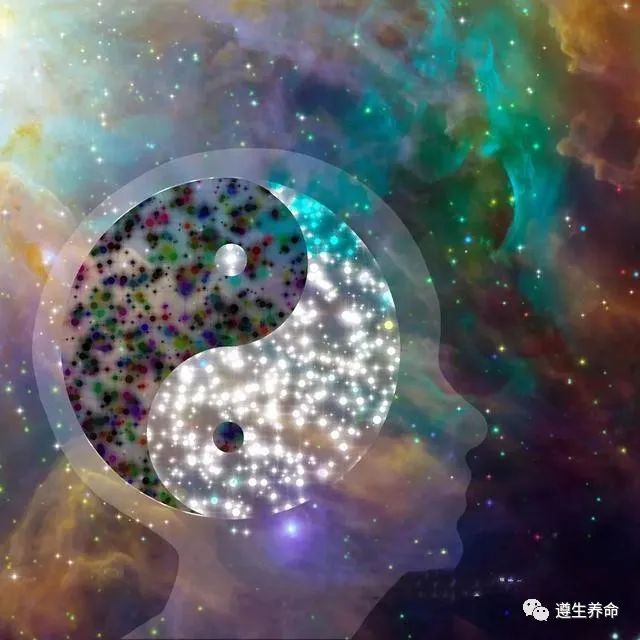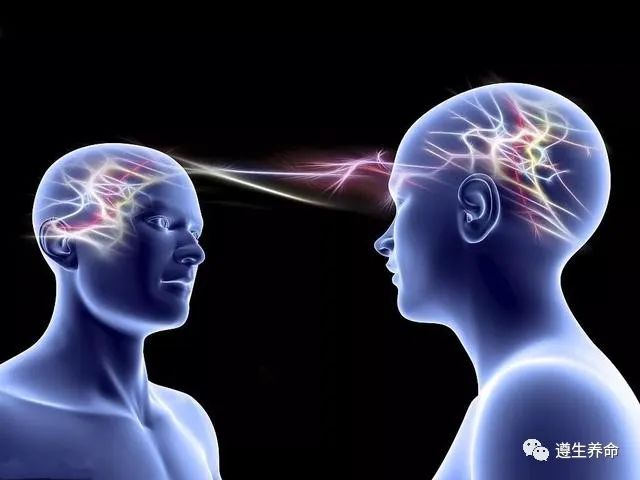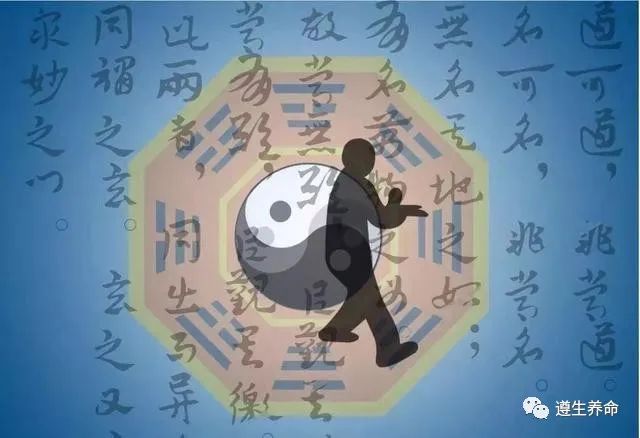The term “Qigong” originates from ancient understandings of Qi. Some have proposed using Qigong terminology to replace ancient concepts of “breathing” and “regulating Qi” due to their close relationship with Qi cultivation. With the rise of modern Qigong practice, it has become widely recognized as a synonym for health and disease prevention.
The breathing and regulation of Qi in Qigong are ancient methods used to cultivate Qi and resist aging and disease, closely related to the TCM belief that “all diseases arise from Qi,” necessitating the regulation of the balance between Yin and Yang Qi. Ancient practitioners believed that while internal and external pathogenic Qi could lead to different diseases, maintaining a focus on guiding Qi with intention and regulating Qi dynamics could effectively support the body, expel pathogens, resist aging, and prolong life.

Qigong is a practice of Qi cultivation that combines movement and stillness, emphasizing internal factors. It can adjust Yin and Yang Qi, unblock meridians, promote blood circulation, enhance immunity, prevent and treat diseases, and prolong life. Long-term practice of Qigong, if the key points are mastered, can achieve effects of “intention reaching, Qi arriving, and strength manifesting.” Experienced practitioners can control and direct involuntary muscles and organ functions; skilled practitioners can instantaneously coordinate specific bodily movements and corresponding organ functions, concentrating Qi and blood power at a point to generate significant energy at a certain speed.
According to traditional Chinese medicine, Qi can be divided into internal Qi and external Qi. Internal Qi is the foundation for practicing internal skills and the source of external Qi. Experiments have shown that different practitioners can measure various physical properties of “external Qi,” including static electricity, magnetic fields, low-frequency modulated infrared radiation, and particle flows.
In addition to disease prevention and health maintenance, some Qigong therapies emit “external Qi” that can provide healing energy to nearby patients under specific psychological suggestions through biological information regulation (biomagnetic fields, human fields). Some studies using infrared thermography have found that practitioners of relaxation techniques combined with focused intention show a rise in skin temperature with certain regularity. This indicates that Qigong is a practice that trains conscious activity through the brain, achieving internal regulation by adjusting Qi dynamics to harmonize Yin and Yang and connect the heart and kidneys.
Long-term Qigong practitioners can control their body surface temperature, blood circulation in limbs, and even heart rate and blood pressure through controlled breathing, full-body relaxation, and guided intention. These physiological changes can be objectively measured and displayed with instruments. Observations have noted that Qigong can promote orderly magnetization of brain cells, with practitioners showing decreased brain wave frequency and increased amplitude. Thus, some believe that Qigong represents a dialectical unity of internal mental energy (excitement of bodily tissues) or spiritual energy (intense concentration of neural excitement) within a short period.

The famous Ming dynasty physician Li Shizhen pointed out in his work “On the Eight Extraordinary Meridians” that “the internal landscape tunnel can only be illuminated by those who turn their gaze inward.” This means that practitioners can lead Qi with intention and guide intention with Qi, achieving a state of introspection and clarity regarding internal organs. Therefore, in exploring the mechanisms of Qigong, some believe that “the process of conscious feedback is a common and essential process of various functions,” and that “the feedback process of consciousness is the fundamental reason for the formation and development of Qigong functions.” Thus, it can be said that Qi and Qigong are closely related.
Based on the experimental understanding of the mechanisms of electromagnetic radiation in the human body, some believe that Qi is generated when particles (including electrons and ions) transition from a high-energy state to a low-energy state during metabolism, essentially representing an energy flow with information (having material properties), with electromagnetic waves as its carrier. In other words, Qi is a composite of matter, energy, and information, primarily manifesting in the form of fields.
It is important to note that any experimental conclusion or theory lacking substantial reliable experimental data or facts to explain existing phenomena holds little scientific value. Therefore, the researchers of the aforementioned experiments have also elaborated on the conclusions regarding Qi as a composite of matter, energy, and information based on traditional medical discussions, explaining the excited state and resonant effects of Qi during practice, the modern interpretation of “Qi governs warmth,” and the driving, defensive functions of Qi, as well as the significance of life activities in “Qi collection.” These discussions preliminarily clarify the understanding and scientific basis of Qi.

In recent years, through the study of classical Qigong texts such as “The Book of Changes and the Unity of Three” and “The Awakening of Reality,” we have further recognized that “The Book of Changes and the Unity of Three” uses the furnace and cauldron employed by alchemists as a symbol of the human body, while the substances undergoing transformation within the furnace symbolize the “Qi” within the human body. Thus, the terminology and symbols used in these texts represent the furnace with the universe and the human body; the concepts of Kan and Li, water and fire, lead and mercury, tiger and dragon, moon and sun, bird and rabbit, earth elements, etc., represent the “great medicine of the self,” which is the warm current movement of Qi experienced by Qigong practitioners; the energy displayed by Qi flowing in different directions at different times represents the “life field” of a person.
Since Qi operates within the body for a cycle (such as the small heavenly cycle), it can serve as a unit of time measurement, thus linking the direction of flow and time inseparably. In this way, the waxing and waning of the moon can metaphorically represent the changes in the “Qi” of the human body, with the essence lying in the cultivation of Qi and intention. Humans follow nature, and thus Qigong seeks to harmonize the internal and external Qi, allowing them to resonate and nourish each other. Therefore, “The Awakening of Reality” states: “The Dao arises from the void, giving birth to one Qi, which in turn produces Yin and Yang.” The ancients also said, “Qi is the medicine that adds years, and fluids are the herb that prolongs life.” Since all things in heaven and earth are transformed by Qi, “When Qi exists, numbers exist; when Qi ceases, numbers cease; life arises from this, and death also arises from this. This Qi must be preserved; if one can treasure their Qi, longevity can be expected.” Thus, ancient Qigong texts also imply that the purpose of Qigong is to promote health and longevity, and the Qi of Qigong objectively exists as a composite of its material, energy, and informational connotations.
Unfortunately, very few people today diligently seek ancient teachings, drawing from various schools to study the unique and materialistic methods of Qi cultivation, such as breathing techniques, the small heavenly cycle, stillness, contemplation, and guidance. Instead, some resort to magical tricks to deceive the public, or promote superstitious beliefs for personal gain, or fabricate cosmic language to confuse the masses, or falsely claim to extinguish forest fires from a distance or cure diseases with miraculous powers. Such pseudo-Qigong practices are merely misguided paths that deviate from the true essence of Qigong aimed at resisting aging, preventing disease, and prolonging life.
Thus, we can confidently assert that those who once held prominence in society as pseudo-Qigong practitioners either lack genuine knowledge of the materialistic nature of Qi as described above or, despite some understanding, are driven by personal desires to sensationalize the material and limited energetic aspects of Qi for attention or engage in unethical or even criminal exaggerations.

However, we also hope to see that in the debate against pseudo-Qigong, there will not be a complete denial of traditional Chinese medicine’s understanding of Qi and the existence of Qigong Qi. Although the concept of “Qi” in ancient Chinese philosophy and traditional medicine is somewhat abstract, based on long-standing medical theories and effective practical experiences in TCM, Qigong, and acupuncture, the term “Qi” still possesses corresponding material properties and certain energetic and informational expressions.
Current research on the essence of “Qi” has shown it to be a flow of particles, negative charges, electromagnetic waves, infrared radiation, vaporization movements, immune efficacy, meridian vitality, radiative glow, microcirculation dynamics, information regulation, and life fields, among others. While it is still difficult to definitively ascertain the exact nature of “Qi,” existing experiments suggest that the Qi of Qigong possesses a certain materiality in motion and that this material basis will likely be further specified as research into the essence of Qi continues.
Of course, due to the limitations of its mass, regardless of how proficient one becomes in Qi cultivation, the energy released (i.e., the power of movement) for anti-aging, disease prevention, health maintenance, and longevity will ultimately have limits unless aided by advanced diagnostic and therapeutic instruments and technologies. However, we cannot deny the necessity of breathing and cultivating true Qi, as Qigong must involve the cultivation of Qi and intention related to the material nature of “Qi.” We should pay attention to and conduct in-depth research on the theories and practical content of TCM Qi science, which may significantly promote the rapid development of human life sciences.
Body health is often reflected in the feet! If you notice these 6 phenomena in your feet, it may indicate health issues.
A simple guide to locating the Mingmen point, its functions and effects.

